This article is part of our insurance innovators interview series.
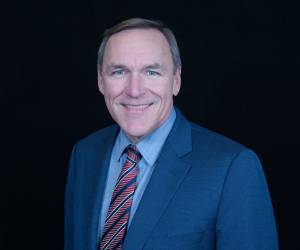 Stanley A. Galanski, President and CEO, The Navigators Group, Inc.
Stanley A. Galanski, President and CEO, The Navigators Group, Inc. Mark E. Watson III, President and Chief Executive Officer, Argo Group International Holdings, Ltd.
Mark E. Watson III, President and Chief Executive Officer, Argo Group International Holdings, Ltd.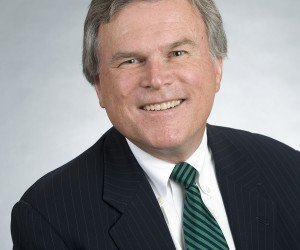 Kevin H. Kelley, Chief Executive Officer, Ironshore Inc.
Kevin H. Kelley, Chief Executive Officer, Ironshore Inc.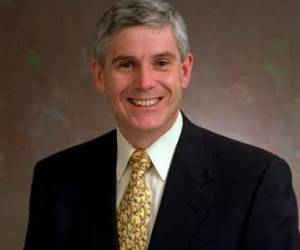 John Wurzler, President, OneBeacon Technology Insurance
John Wurzler, President, OneBeacon Technology Insurance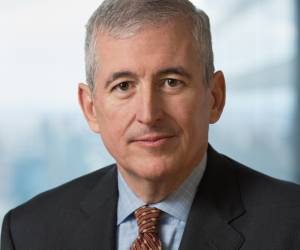 Alan B. Colberg, President and Chief Executive Officer, Assurant, Inc.
Alan B. Colberg, President and Chief Executive Officer, Assurant, Inc. Manny Rios, President and CEO, American Modern Insurance Group
Manny Rios, President and CEO, American Modern Insurance Group Dave Pratt, General Manager, Usage-Based Insurance, Progressive
Dave Pratt, General Manager, Usage-Based Insurance, Progressive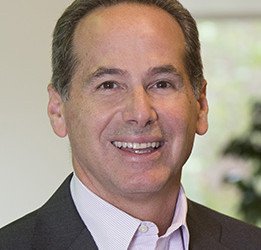 Berto Sciolla, EVP and Manager of North American Treaty Reinsurance,Gen Re
Berto Sciolla, EVP and Manager of North American Treaty Reinsurance,Gen Re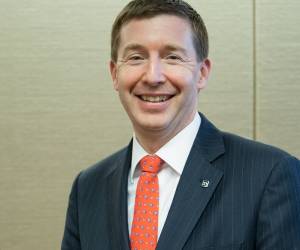 Greg Hendrick, Chief Executive, Insurance, XL Catlin
Greg Hendrick, Chief Executive, Insurance, XL Catlin Anand Rao, Principal, PwC U.S. Advisory Practice
Anand Rao, Principal, PwC U.S. Advisory Practice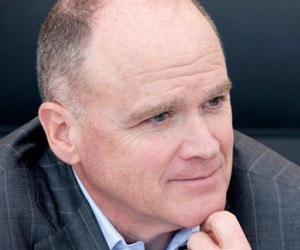 Mike McGavick, Chief Executive Officer, XL Catlin
Mike McGavick, Chief Executive Officer, XL Catlin David M. Lightfoot, Managing Director, Head of GC Analytics – Americas, Guy Carpenter
David M. Lightfoot, Managing Director, Head of GC Analytics – Americas, Guy Carpenter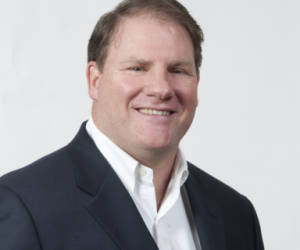 Conan Ward, Chief Executive Officer, Hamilton USA
Conan Ward, Chief Executive Officer, Hamilton USA Ming Lee, Chief Executive Officer, AIR Worldwide
Ming Lee, Chief Executive Officer, AIR Worldwide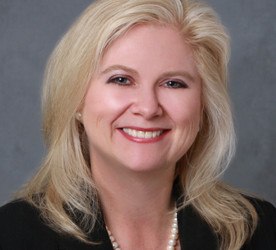 Laura Hay, National Insurance Sector Leader, KPMG LLP
Laura Hay, National Insurance Sector Leader, KPMG LLP John Lupica, Vice Chairman, ACE Group; Chairman, Insurance–North America
John Lupica, Vice Chairman, ACE Group; Chairman, Insurance–North America
 Greg Hendrick, EVP and Chief Executive, Reinsurance at XL Catlin
Greg Hendrick, EVP and Chief Executive, Reinsurance at XL CatlinQ1: In your view, what has been the greatest innovation in the P/C insurance industry in recent years? Explain.
Hendrick (XL Catlin): Over the last 20 years, we’ve seen a transformation in catastrophe risk management—from its insurance and reinsurance origins into a new asset class that has caught the interest of capital market investors seeking a diversified return. We’ve seen some explosive growth in alternative capital markets, with recent reports estimating that alternative capital has captured some 20 percent of property-catastrophe reinsurance’s market share right now. Some estimate that alternative reinsurance capital could double in size to $100 billion within the next few years. There exist today numerous new options to help manage and mitigate catastrophe risk.
Q2: Describe the greatest innovation at your company during your tenure. (It could be a product, process or service.) How did it come about? (Feel free to describe more than one.)
Hendrick (XL Catlin): There have been quite a few. In 2011, XL launched an internal innovation competition called Competition 25 to commemorate the company’s 25th anniversary. A new product called CapAssure was the top winner. CapAssure protects large, private construction owners from the risk of default by general contractors and protects general contractors from the risk of default by subcontractors. By bringing together our surety and subcontractor default underwriting capabilities, we developed a very flexible insurance product to address performance risk securitization. (Editor’s Note: A March 2012 media statement about CapAssure explains that the product provides an alternative to letters of credit and other capital requirements. It also eliminates coverage redundancies and gives project owners more control in a default scenario to directly manage project completion.)

Greg Hendrick, XL Catlin
In 2012, we established a Zurich-based Complex Accounts team whose directive was to design custom-built risk solutions for innovative companies, which are often pushing the boundaries themselves and have found that standard insurance coverage has not met their needs. One of their solutions specifically designed for Bloom Energy of Sunnyvale, Calif., was a performance warranty insurance product. The product enabled Bloom Energy to finance the installation of dozens of Bloom Energy Servers. These systems are expected to generate over 50 million kilowatt hours of clean, reliable electricity, and the insurance policy assures the performance of Bloom’s fuel cell server technology over the term of the financing. After this success and a few others, we expanded this team, establishing underwriting capabilities in our London office. We think our Complex Accounts business model is a real differentiator for us. (See related article, “Innovation in Bloom at XL Catlin,” for more details.)
One of our most recent innovations was developed by our North America Construction team and has already received some industry recognition. Called P3 Plus, this is a creative approach to managing the design, construction, and operational and maintenance phases of the risks associated with public-private partnerships (aka P3s), an innovative team approach for public entities and private companies to work together to accomplish much-needed construction of roads, bridges and other essential infrastructure.
Q3: In your view, what innovation or innovator outside the insurance industry has had or is having the greatest impact on the P/C insurance industry?
Hendrick (XL Catlin): We can’t overlook the impact that telematics has had on our industry. While it has given rise to “usage based” insurance in the personal auto insurance industry, it’s also helped us manage commercial auto risks in many other ways, becoming an essential tool in monitoring driver behavior as well as theft and hijackings.
Q4: Describe one or more ways in which your company encourages innovation. (Feel free to describe any elements of the culture or process.)
Source: Schafferresults.com
Hendrick (XL Catlin): We have built on our enterprisewide innovation competitions by encouraging individual business units to develop various contests and challenges to get colleagues working together and thinking about new ways to tackle the risks our clients face. But it isn’t just about new products alone. Recently, one of our business units initiated a rapid results initiative (RRI) to quickly find ways that they could improve processes and efficiency in 2015. They received some 125 suggestions, which they are now prioritizing to implement. Innovation takes shape in a lot of different ways and at all levels of XL.
Innovation is continuously stressed in most of our conversations. We all realize that innovation—along with underwriting excellence, analytics, talent and technology—is one of the key drivers that is going to help us reach our goal to achieve top-quintile performance.
Q5: What is the biggest obstacle to innovation within the insurance industry? Explain. What is your company doing (or what can the industry do) to overcome this obstacle?
Hendrick (XL Catlin): When dealing with new risks, you have little data to go on. You don’t always have robust information to support your product development or underwriting decisions. To overcome that obstacle while still maintaining our drive for innovation, we quite often limit our net exposure on new and emerging risks, allowing us to gain more knowledge about the risk and potential losses.
Q6: Do you believe the next innovation to impact the P/C insurance industry will come from inside the industry or from an external innovator? Why?
Hendrick (XL Catlin): Outside expertise, especially in new or emerging industries, is going to be even more important as we develop new insurance products for new and emerging industries. By blending insurance expertise with risk-specific, third-party subject matter expertise, we can deliver some very innovative insurance products that address new risk needs.
Q7: Describe your role in leading innovation at your company.
Hendrick (XL Catlin): I say my role is an advocate. It takes time and resources to see if ideas are viable and, if they are, if they can be successfully implemented. To make that happen, leadership support is important to assure that innovators can tap into the necessary resources and expertise that’s required to take an actionable idea into a working solution.
Q8: What is the best book you have read about innovation? The best course or seminar you have attended? What was a key takeaway from the book or education session?
Hendrick (XL Catlin): I can’t say that I’ve learned much about innovation from a book or educational session. I’ve learned much more about innovation from my colleagues. We’ve asked them to produce profitable business, take on new responsibilities, and challenged them to find new ideas [and] be innovative at the same time. And they have. I’ve taken the most valuable lessons from how they come up with ideas, what challenges they face in implementing them and how they overcome those obstacles to deliver a product to market.
Q9: It is often said that tolerance for failure is one of the key cultural elements of a company in which innovation can thrive. Describe a failed initiative at your company and what you learned about innovation in the process.
Hendrick (XL Catlin): I can’t pinpoint a totally failed initiative. If we learned from it, we didn’t fail. While tolerance for failure is a key element for a company in which innovation can thrive, so is persistence and patience.
An innovative new product is not always an easy sell. It takes time for our brokers and clients to grow comfortable with a new approach or product. For instance, our CapAssure product that resulted out of our Competition 25 was not an overnight sensation. It took time to sell our first policies. What we’ve learned from that experience is to trust our instinct that we’ve built a high-value, useful product.
Success of a new product relies heavily on education and communication. And that takes time.
Q11: Outside of providing risk transfer solutions, what are the most likely areas in which insurers can be innovators? Can P/C insurers disrupt other industries or provide noninsurance solutions by applying innovations developed through their core skills in underwriting and risk analysis, settlement negotiations, catastrophe modeling, environmental science or other areas?
Hendrick (XL Catlin): Collaboration with outside risk consultants is where we will make the greatest impact on providing risk assistance other than risk transfer solutions. For instance, we’ve developed exclusive partnerships with specialized risk consultancies to add much more value to our clients’ risk management efforts. As an example, in North America, we’ve partnered with the Acheson Group—founded by Dr. David Acheson, who formerly headed the U.S. Food and Drug Administration—to provide our clients with the best product recall advice. By partnering with such expertise, we give our clients exclusive access to the most knowledgeable risk resources. We really aim to create a dynamic partnership. We don’t want to be the company that just issues an insurance policy and addresses a loss if something happens.
Read more Innovation Insights by Person:
 Stanley A. Galanski, President and CEO, The Navigators Group, Inc.
Stanley A. Galanski, President and CEO, The Navigators Group, Inc. Mark E. Watson III, President and Chief Executive Officer, Argo Group International Holdings, Ltd.
Mark E. Watson III, President and Chief Executive Officer, Argo Group International Holdings, Ltd. Kevin H. Kelley, Chief Executive Officer, Ironshore Inc.
Kevin H. Kelley, Chief Executive Officer, Ironshore Inc. John Wurzler, President, OneBeacon Technology Insurance
John Wurzler, President, OneBeacon Technology Insurance Alan B. Colberg, President and Chief Executive Officer, Assurant, Inc.
Alan B. Colberg, President and Chief Executive Officer, Assurant, Inc. Manny Rios, President and CEO, American Modern Insurance Group
Manny Rios, President and CEO, American Modern Insurance Group Dave Pratt, General Manager, Usage-Based Insurance, Progressive
Dave Pratt, General Manager, Usage-Based Insurance, Progressive Berto Sciolla, EVP and Manager of North American Treaty Reinsurance,Gen Re
Berto Sciolla, EVP and Manager of North American Treaty Reinsurance,Gen Re Greg Hendrick, Chief Executive, Insurance, XL Catlin
Greg Hendrick, Chief Executive, Insurance, XL Catlin Anand Rao, Principal, PwC U.S. Advisory Practice
Anand Rao, Principal, PwC U.S. Advisory Practice Mike McGavick, Chief Executive Officer, XL Catlin
Mike McGavick, Chief Executive Officer, XL Catlin David M. Lightfoot, Managing Director, Head of GC Analytics – Americas, Guy Carpenter
David M. Lightfoot, Managing Director, Head of GC Analytics – Americas, Guy Carpenter Conan Ward, Chief Executive Officer, Hamilton USA
Conan Ward, Chief Executive Officer, Hamilton USA Ming Lee, Chief Executive Officer, AIR Worldwide
Ming Lee, Chief Executive Officer, AIR Worldwide Laura Hay, National Insurance Sector Leader, KPMG LLP
Laura Hay, National Insurance Sector Leader, KPMG LLP John Lupica, Vice Chairman, ACE Group; Chairman, Insurance–North America
John Lupica, Vice Chairman, ACE Group; Chairman, Insurance–North America
Read other innovator’s response by question:
- Q1: The greatest innovation in the P/C insurance industry
- Q2: Describe the greatest innovation at your company
- Q3: Innovation or innovator outside the insurance industry
- Q4: How your company encourages innovation
- Q5: The biggest obstacle to innovation within the insurance industry?
- Q6: The next innovation to impact the P/C insurance industry
- Q7: Your role in leading innovation.
- Q8: Best book you have read about innovation
- Q9: Describe a failed initiative at your company
- Q10: Collaborating with market competitors
- Q11: Can P/C insurers disrupt other industries?
Get all 16 interview neatly packaged in a single PDF download. Explore ideas by personality and by question. More than 60 pages of content.




















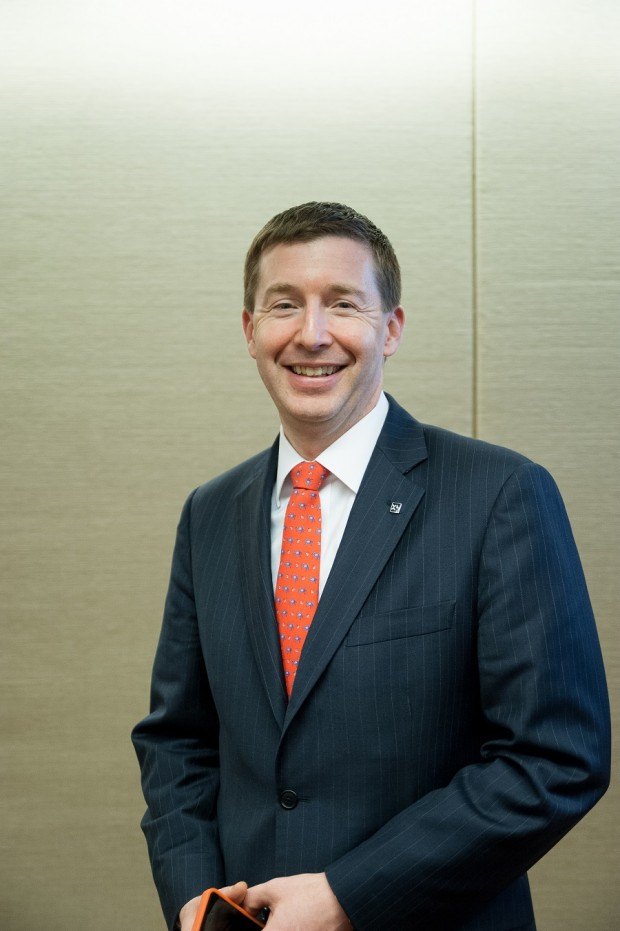
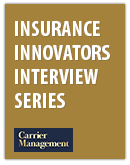
 Why ‘Good Enough’ Is Killing Insurance: The Hidden Cost of Satisficing
Why ‘Good Enough’ Is Killing Insurance: The Hidden Cost of Satisficing  NOAA Announces Latest AI-Driven Global Weather Models
NOAA Announces Latest AI-Driven Global Weather Models  Five AI Trends Reshaping Insurance in 2026
Five AI Trends Reshaping Insurance in 2026 








